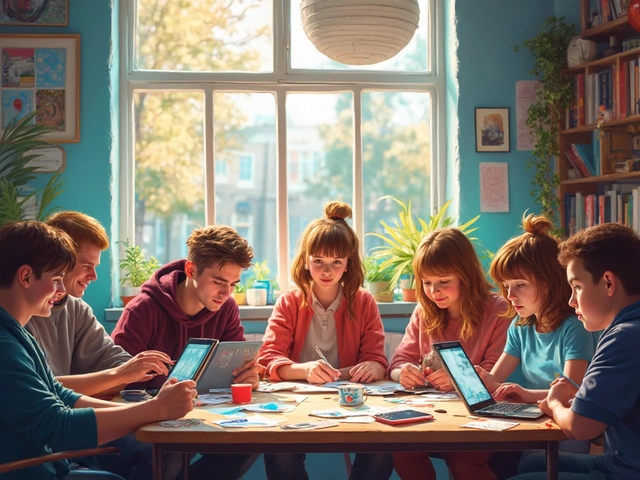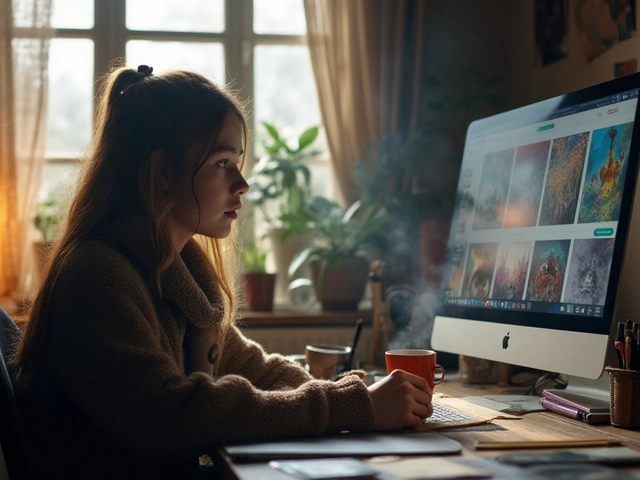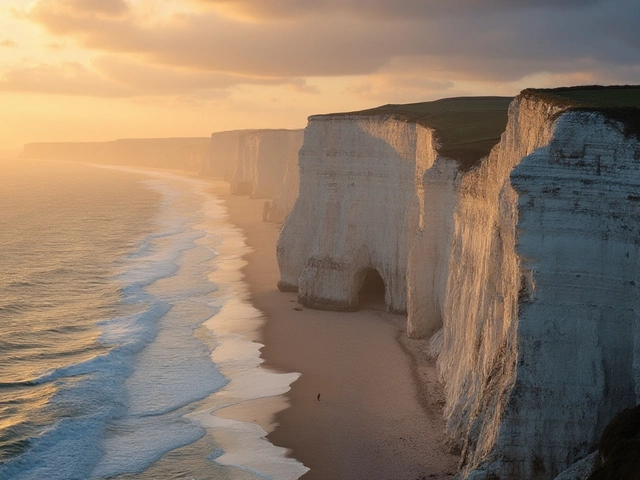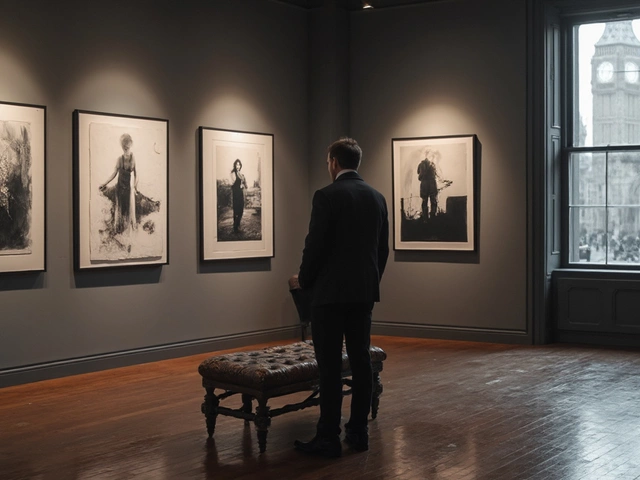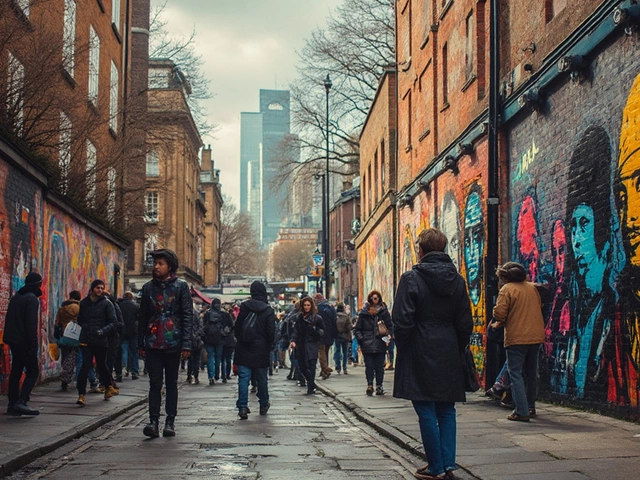Image Editing: Tools, Techniques, and Trends
When working with image editing, the practice of adjusting, enhancing, or transforming visual content. Also known as photo manipulation, it lets creators fix flaws, add flair, and communicate ideas more clearly. Image editing isn’t just a hobby; it’s a core skill for marketers, designers, and anyone who shares pictures online. It encompasses tasks like cropping, color correction, and removing unwanted objects, all aimed at making the final image stronger.
Key Concepts in Image Editing
One major influence on modern workflows is digital art, art created using computers, tablets, or software. Digital art pushes the boundaries of what image editing can achieve, encouraging editors to experiment with layers, brushes, and effects that were impossible in the analog world. Because of this cross‑pollination, many editors now blend illustration techniques with photo tweaks, resulting in richer, more expressive visuals.
Another cornerstone is photo retouching, the fine‑tuning of images to improve skin tones, remove blemishes, and polish details. Retouching requires a meticulous eye and often relies on tools like the Healing Brush or Clone Stamp. The goal isn’t to fabricate a new scene but to present the subject in the best possible light, whether it’s a portrait, product shot, or social‑media post.
Beyond these, color correction plays a vital role. It adjusts the hue, saturation, and brightness to ensure colors look natural or match a brand palette. A well‑balanced color grade can turn a flat picture into a mood‑setting piece, and many editors follow a simple hierarchy: correct exposure first, then balance whites, and finally fine‑tune creative tones.
Today’s editors also lean heavily on AI‑driven tools. Programs that auto‑mask backgrounds, upscale low‑resolution files, or suggest filter combos speed up the workflow dramatically. While AI can handle repetitive chores, a human touch is still needed to decide when an effect serves the story and when it feels over‑processed.
Practical skill‑building often starts with mastering a single software suite. Whether you choose Photoshop, GIMP, or a mobile editor, the fundamentals stay the same: layers organize edits, adjustment layers apply non‑destructive changes, and masks let you isolate parts of the image. Learning shortcuts and keyboard commands can shave minutes off repetitive tasks, which adds up when you’re handling large batches of photos.
All these pieces—digital art influence, retouching precision, color correction rules, and AI assistance—form a connected ecosystem. Image editing requires both creative intuition and technical know‑how; it benefits from a toolbox that blends classic techniques with cutting‑edge software. Below you’ll find a curated list of articles that dive deeper into each of these areas, from earning money with digital creations to mastering the Goya technique in oil painting. Explore the collection to sharpen your skills and stay ahead of the latest trends.

Turning a regular photo into digital art isn't just for tech pros or artists—you can do it right on your phone or laptop. This guide breaks down the easy and practical steps to convert images to digital art, no matter your skill level. You’ll learn about free and paid tools, what to expect with different styles, and smart tips to make your digital creations pop. Whether you’re making profile pics, gifts, or just having fun, these steps will help you get professional-looking results. Forget the confusing jargon—this article gets straight to what works.
